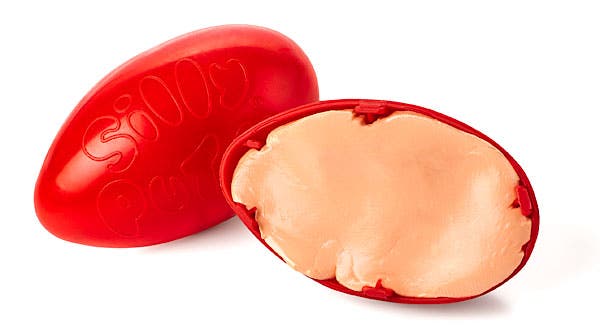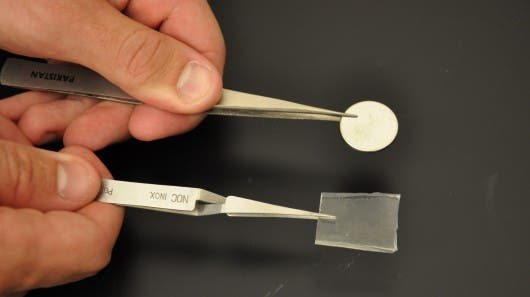
When you think about Silly Putty toys, the last thing that comes to mind is high-tech. A group of researchers, however, used a novel trick to incorporate an ingredient in Silly Putty to improve lithium-ion battery life between charges by three times the industry standard.
For what’s it worth, Silly Putty is actually one of the most fascinating man-made materials. One of the most important resources needed for World War II war production was rubber. It was essential for tires (which kept the trucks moving) and boots (which kept the soldiers moving). Out of this need, scientists were charged with developing a synthetic version of rubber. In 1943, engineer James Wright combined boric acid and silicone oil, producing an interesting gob of goo.
[ALSO READ] Organic flow battery may help usher in renewables
Upon testing the substance, Wright discovered it could bounce when dropped, stretch farther than regular rubber, didn’t collect mold, and had a very high melting temperature. A very peculiar and strange material, but unfortunately enough it didn’t pose the required practical characteristics to replace rubber. Instead, it became a source of entertainment when it was marketed as a children’s toy in the 1950’s. By then, it had grown very popular. Even Apollo astronauts can be seen in some rare footage quenching their boredom with this silly toy.

Researchers at University of California believe there are actually more uses to the Silly Putty than meets the eye. One of the main ingredients of the toy is silicon dioxide (SiO2), basically a powdered quartz that is extremely common to find, hence very cheap. Researchers used SiO2 to create a new battery anode, replacing the conventional carbon anode.
This isn’t the first time this sort of attempt has been made, but previous efforts have rendered very poor performance. The key this time was that the silicon dioxide was rolled into nanotubes which allowed them to produce three times the energy capacity compared to carbon-based anodes. In addition, the material is non-toxic and found in everything from children’s toys to fast foods.
More importantly, the Silly Putty-derived nanotube anodes can be cycled for hundreds of times beyond the tested limits, according to the University of California researchers. Next, they plan on scaling their findings for mass production.
Results appeared in the journal Nature.


